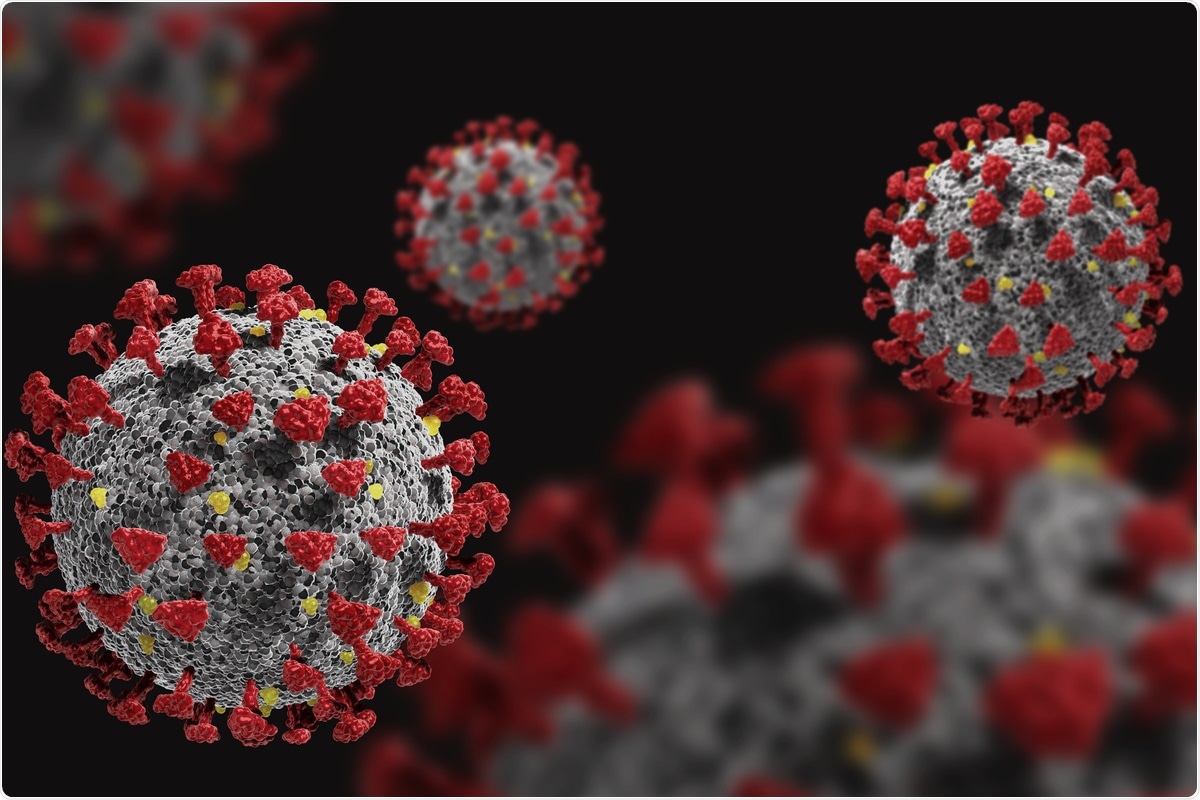A modeling analysis has demonstrated effective management of the severe acute respiratory syndrome coronavirus 2 (SARS-CoV-2) Delta variant outbreaks in Australia by adopting a strategy that includes implementing an achievable 80% vaccine coverage in ages five-plus with moderate physical distancing measures.
 Study: Non-pharmaceutical interventions and vaccinating school children required to contain SARS-CoV-2 Delta variant outbreaks in Australia: a modelling analysis. Image Credit: TakSato/ Shutterstock
Study: Non-pharmaceutical interventions and vaccinating school children required to contain SARS-CoV-2 Delta variant outbreaks in Australia: a modelling analysis. Image Credit: TakSato/ Shutterstock

 This news article was a review of a preliminary scientific report that had not undergone peer-review at the time of publication. Since its initial publication, the scientific report has now been peer reviewed and accepted for publication in a Scientific Journal. Links to the preliminary and peer-reviewed reports are available in the Sources section at the bottom of this article. View Sources
This news article was a review of a preliminary scientific report that had not undergone peer-review at the time of publication. Since its initial publication, the scientific report has now been peer reviewed and accepted for publication in a Scientific Journal. Links to the preliminary and peer-reviewed reports are available in the Sources section at the bottom of this article. View Sources
The highly transmissible Delta variant (B1.617.2) has disseminated worldwide, even in countries with high vaccination rates. Vaccination is a critical tool to help stop the pandemic. Given the rapid rise in Delta case numbers, considering the coronavirus disease 2019 (COVID-19) vaccination in children becomes critical.
Researchers from Australia have conducted a mathematical modeling study to understand how expanding vaccination to younger age groups may reduce the increasing case numbers, with and without reintroducing strict social distancing measures (as were implemented in Australia in 2020 and 2021).
A pre-print version of the research paper is available on the medRxiv* server while the article undergoes peer review.
What did the researchers do?
The mathematical model was created by considering numerous parameters based on individuals' demographics and movement patterns within the Australian city of Newcastle. The transmission probability of the COVID-19 Delta variant occurring between individuals was adjusted to give a basic reproduction for the analysis.
The modeling technology captured individuals' periodically variable contact patterns and the physical virus transmission "world" simulated by running model software used in previous studies. The accounted parameters also allowed age-specific health outcomes to be determined following infection.
The team modeled the BNT162b2 Pfizer vaccine with assumed protection of 88% against Delta infection or disease, and vaccinated individuals were assumed to remain immune for at least six months, without immunity waning. The analysis took heed of alternative vaccine coverage, varying from 70% to 90% in the population in two categories, age five-plus and 12-plus.
In addition to the vaccine determinants, the team also evaluated the effect of presence or absence of moderate physical distancing non-pharmaceutical interventions (NPI) on Delta infection mitigation.
Infection data generated by the model was translated into cases, hospitalizations, and deaths, using recent UK Delta variant data, and a per million value was calculated to permit results to be scaled to population.
Study observations
The team noticed that the number of COVID-19 cases, hospitalizations, and deaths was reduced by increasing coverage to include children aged 5 to 11 years, activating moderate NPI measures, and increasing coverage levels above 80%.
Without NPIs at 80% vaccine coverage rate, vaccinating ages 12 plus predicted 1,162 hospitalizations per million individuals. Simultaneously, vaccinating ages, five-plus predicted 1,073 hospitalizations per million.
On activating moderate NPIs at an 80% vaccine coverage rate, the model reduced hospitalizations to 705 per million. Alternatively, increasing vaccine coverage to 90% of the population reduced this to 684.
Finally, combining all three measures - vaccinating ages five plus, activating moderate NPIs, and increasing vaccine coverage to 90% reduced the total cases to 398, hospitalizations to two, and deaths to zero per million.
Study implications
Based on the findings from a comprehensive modeling analysis, the team warns that SARS-CoV-2 Delta variant outbreaks may continue to occur unless vaccination reaches high coverage levels in adults, adolescents, and school-age children.
We determined that vaccinating adolescents and younger children was critical, to both increase the pool of immune individuals, and to mitigate transmission in an age group implicated in high transmission of viruses," says the team.
The team also highlights the obligation to follow physical distancing / NPI measures, even in populations with high vaccine coverage levels. Combining moderate physical distancing measures that allow schools and many workplaces to remain open and achievable vaccine coverage rates will avoid the need for implementing economically and socially damaging hard lockdown measures and the resulting economic, health, and educational damages.

 This news article was a review of a preliminary scientific report that had not undergone peer-review at the time of publication. Since its initial publication, the scientific report has now been peer reviewed and accepted for publication in a Scientific Journal. Links to the preliminary and peer-reviewed reports are available in the Sources section at the bottom of this article. View Sources
This news article was a review of a preliminary scientific report that had not undergone peer-review at the time of publication. Since its initial publication, the scientific report has now been peer reviewed and accepted for publication in a Scientific Journal. Links to the preliminary and peer-reviewed reports are available in the Sources section at the bottom of this article. View Sources
Article Revisions
- Apr 30 2023 - The preprint preliminary research paper that this article was based upon was accepted for publication in a peer-reviewed Scientific Journal. This article was edited accordingly to include a link to the final peer-reviewed paper, now shown in the sources section.